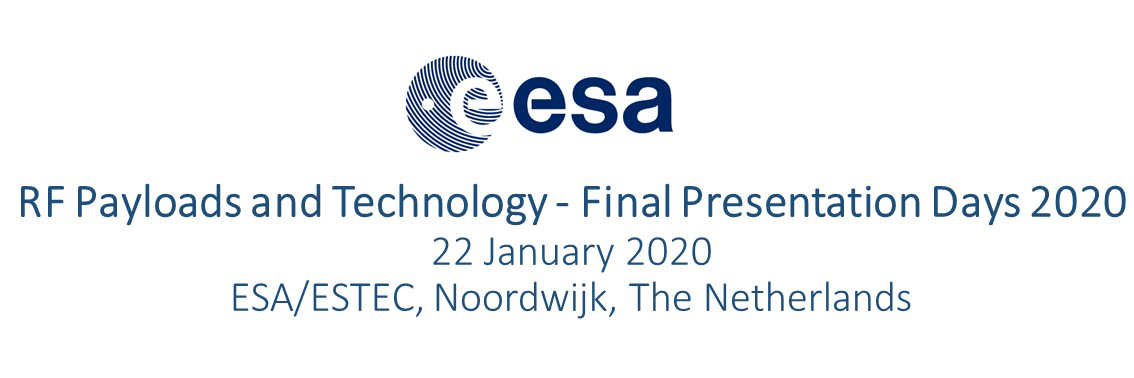Speaker
Description
Our knowledge of the moon full disk irradiance variations as seen from Earth, through lunar cycles, is however still not sufficient to use it as an absolute radiometric calibration target. The typical absolute calibration requirement of EO space sensors is generally between 2% (e.g.: ocean colour missions) and 5% (e.g.: land monitoring missions) traceable to the Système International (SI). The moon disk spectral irradiance model commonly used by the EO community is the USGS ROLO model (Kieffer et al. (2005), see http://www.moon-cal.org). Kieffer et al. (2005) describe the variations of the lunar irradiance with lunar orbital variables, wavelength and polarisation. The USGS ROLO model was built from lunar observations made from a terrestrial telescope at different moments in the lunar cycle(s). Deriving such model requires a time series of lunar irradiance measurements. In fact, the Moon orbit is not circular but elliptic. Its rotational axis is not perpendicular to its orbital plane (around the Earth) and the orientation of its orbit ellipse axis is not fixed in space, but rotates in about 9 years. The ROLO model seems to be well capable of predicting the lunar spectral irradiance, at a given phase angle however it still suffers from large absolute radiometric uncertainties and it is estimated that it's absolute accuracy is only of the order of 10 % (see Kieffer et al. (2005)). The ROLO model accuracy is thus not sufficient for EO optical imager with abslute radiometric requirement below 5%.
The objectives of the activity were to: 1)Define a strategy for the measurement of the lunar spectral irradiance variation from the ground, 2) Demonstrate the feasibility of such measurements, 3) Compile a database of such measurements and on that basis improve the modelling of the lunar disk irradiance variations through its cycles (targeting sub-2 % absolute radiometric accuracy) and 4) Compare the improved lunar disk irradiance model to various independent sources of lunar observations from space.
A new ground-based sun photometer was customized for lunar observations. It was characterized and calibration at about 2% absolute radiometric accuracy. The instrument was operated (Tenerife / Spain) and lead to the generation of a large database of lunar disk irradiance measurements. The measurements were used to fit a lunar irradiance model which absolute radiometric uncertainty is estimated to be about 2%. The model output was compared to lunar observations from several space sensors.
| ESA Technical Officer | Bouvet Marc |
|---|

